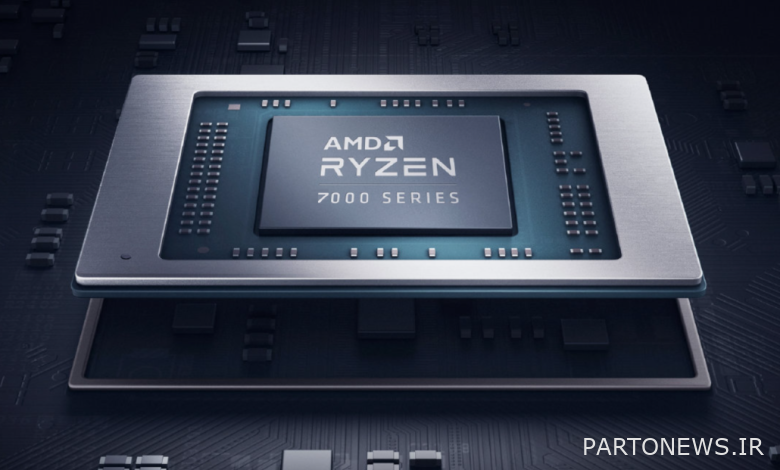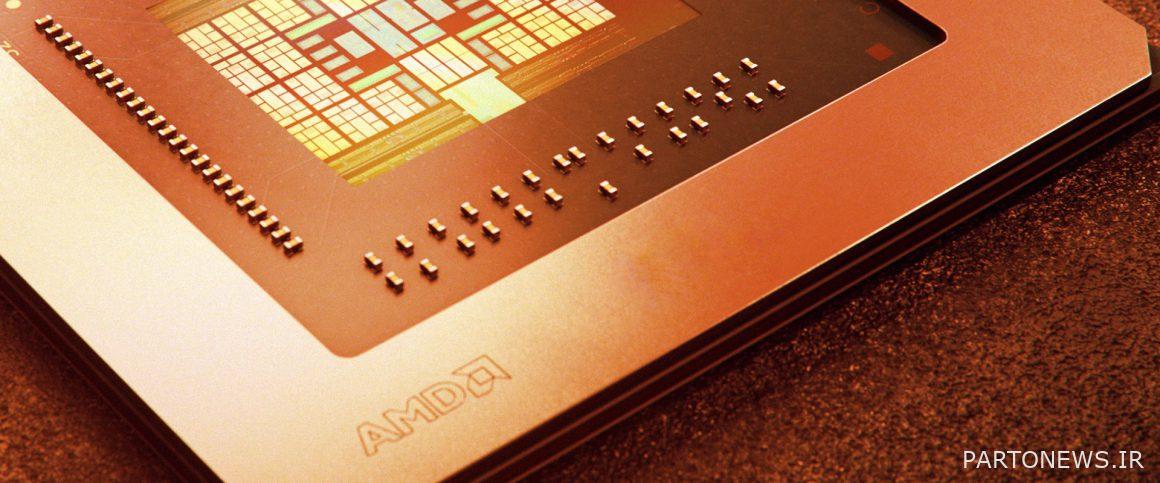Phoenix H and Raphael H laptop processor configuration – up to 16 Zen 4 cores

Revealer Greymon55 In a tweet, he identified the configuration of Phoenix H and Raphael H laptop processors that use the Zen 4 architecture. In fact, his tweet is another confirmation of the growing number of Red Team mobile family cores to compete with Intel’s hybrid architecture.
With the twelfth generation of Intel (Alder Lake) processors, we will see the number of cores and strings superior to AMD (on laptops) thanks to the hybrid architecture with Golden Cove and Gracemont cores. At the same time, the Red Team plans to improve the number of kernels of its notebook APUs, but this will not happen for now. In fact, the Ryzen 6000 Rembrandt H family will still come with 8 16-core cores based on the improved Zen 3 Plus architecture with 6nm technology, but Alder lake mobile chips are expected to include up to 14 cores and 20 strands.
Phoenix H and Raphael H laptop processor configuration
To counteract the core response, AMD comes in the form of the Raphael H series, which not only promises a new family of high-end laptops for APUs, but also promises more cores. So far, several well-known whistleblowers have claimed that Raphael H has up to 16 32-thread cores. But the release time of these models will be the same as the Raptor Lake H family or even Meteor Lake H, which is expected to increase the number of cores and strings. With this in mind, the Zen 4 is expected to bring a huge IPC boost, so we will see a lot of competition in the laptop segment.
AMD Ryzen Phoenix H notebook processors – up to 8 Zen 4 cores
The reason we say Phoenix APUs will be available under the Ryzen 7000 brand is because they were released after Rembrandt, which will be a replacement for the current Ryzen 5000 Cezanne models. If the Red Team does not change its name, then Phoenix should definitely be released as the Ryzen 7000 series. However, Phoenix should be considered the sixth generation of Zen APUs because, as you know, Renoir is the third generation and Cezanne is the fourth generation of these chips.
It is also interesting to note that the line-up of Phoenix notebook processors is produced for the FP8 platform. It has already been rumored that Rembrandt will be developed for the FP7 socket, which means it will only host one generation of mobile APUs. Of course, it is possible that AMD will change its plans and offer Rembrandt under FP8 as a medium-term solution.
In terms of kernel architecture, we know that Rembrandt uses the enhanced Zen 3 architecture (perhaps Zen 3 Plus) with integrated Navi graphics. Phoenix APUs, however, will likely be equipped with Zen 4 cores as well as improved Navi graphics. The family will be available in 2023 and there is still a long way to go to see them on the market.
AMD Ryzen Raphael H notebook processors – up to 16 Zen 4 cores
Rumor has it that AMD uses Zen 4 cores not only in the Phoenix APU series, which target low-end, high-end mobile platforms, but also in the super-powerful category called Raphael H. The Raphael codename actually refers specifically to the company’s AM5 desktop platform. The new revelation, however, says that the H-code will also appear on high-end laptops.

Although not much information is available, we know that just like Rembrandt and Phoenix, Raphael H chips use integrated graphics, although they may have fewer computing units and offer higher frequencies than standard APUs. Raphael H processors apparently accommodate up to 16 Zen 4 cores, so that AMD laptop products will eventually be at least on par with desktop models, at least in terms of cores. The current line-up is limited to eight 16-thread cores on mobile, and Phoenix will likely repeat the same trend to make sense of a Raphael H series with more cores.
| Processor family name | AMD Raphael H series | AMD Phoenix H series | Series AMD Rembrandt H | Series AMD Cezanne H | Series AMD Renoir H | Series AMD Picasso H | Series AMD Raven Ridge H |
| brand | AMD Ryzen 7000 (H Series) | AMD Ryzen 7000 (H Series) | AMD Ryzen 6000 (H Series) | AMD Ryzen 5000 (H Series) | AMD Ryzen 4000 (H Series) | AMD Ryzen 3000 (H series) | AMD Ryzen 2000 (H Series) |
| Manufacturing technology | 5 nm | 5 nm | 7nm plus | 7 nm | 7 nm | 12 nm | 14 nm |
| Architecture | Zen 4 | Zen 4 | Zen 3+ | Zen 3 | Zen 2 | Zen + | Zen |
| Maximum number of cores / strings | 16/32? | 8/16? | 8/16 | 8/16 | 8/16 | 4/8 | 4/8 |
| Maximum level two cache | 4 MB | 4 MB | 4 MB | 4 MB | 4 MB | 2 MB | 2 MB |
| Maximum level three cache | 32 MB? | 16 MB | 16 MB | 16 MB | 8 MB | 4 MB | 4 MB |
| Maximum CPU frequency | Unknown | Unknown | Unknown | 4.80 GHz (Ryzen 9 5980HX) |
4.3 GHz (Ryzen 9 4900HS) |
4.0 GHz (Ryzen 7 3750H) |
3.8 GHz (Ryzen 7 2800H) |
| Graphic architecture | RDNA 2 6 nm |
RDNA 2 6 nm |
RDNA 2 7 nm |
Vega Enhanced 7 nm |
Vega Enhanced 7 nm |
Vega 14 nm |
Vega 14 nm |
| Maximum number of graphics cores | Unknown | Unknown | Unknown | 8 computational units (512 cores) |
8 computational units (512 cores) |
10 computational units (640 cores) |
11 computational units (704 cores) |
| Maximum graphics frequency | Unknown | Unknown | Unknown | 2100 MHz | 1750 MHz | 1400 MHz | 1300 MHz |
| Thermal power (adjustable) | 35 to 45 watts (65 watts) |
35 to 45 watts (65 watts) |
35 to 45 watts (65 watts) |
35 to 45 watts (54 watts) |
35 to 45 watts (65 watts) |
12 to 35 watts (35 watts) |
35 to 45 watts (65 watts) |
| Release time | The first season 2023? | The first season 2023? | The first season 2022? | The first season 2021 | Season Two 2020 | The first season of 2019 | The fourth season of 2018 |
Score: 5.0 Out of 5 (1 vote)
wait a little…

